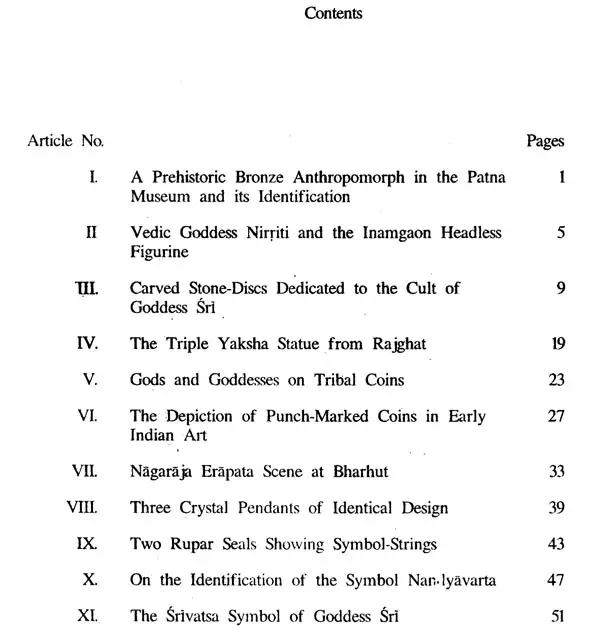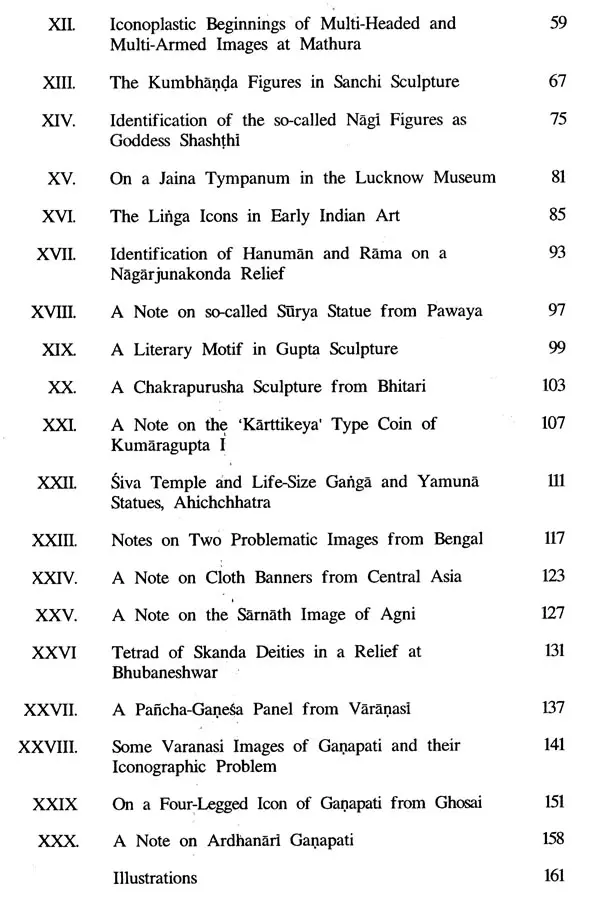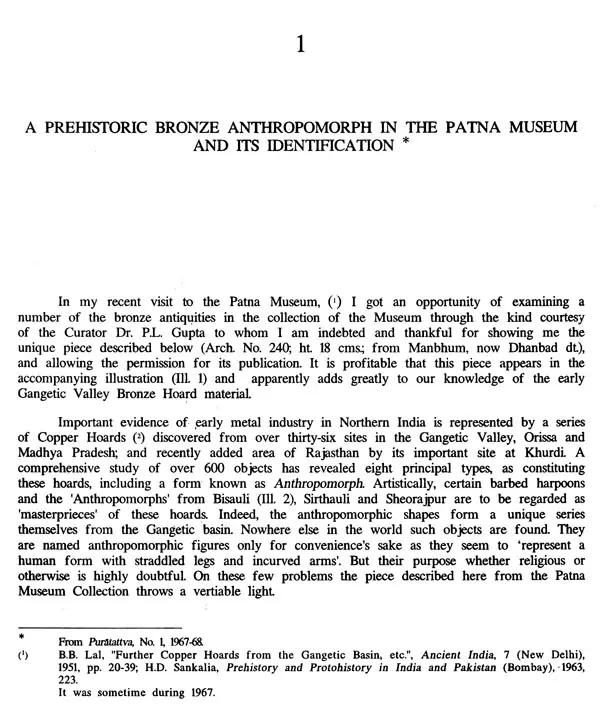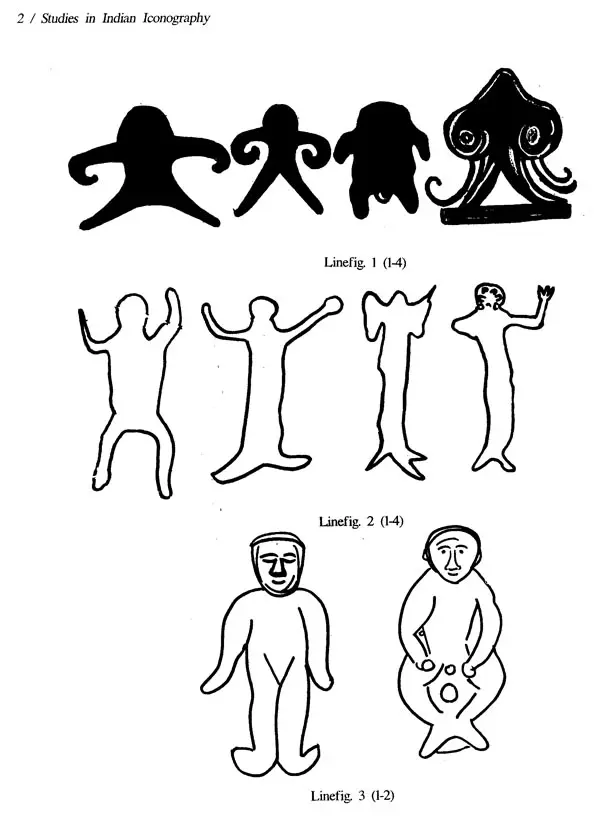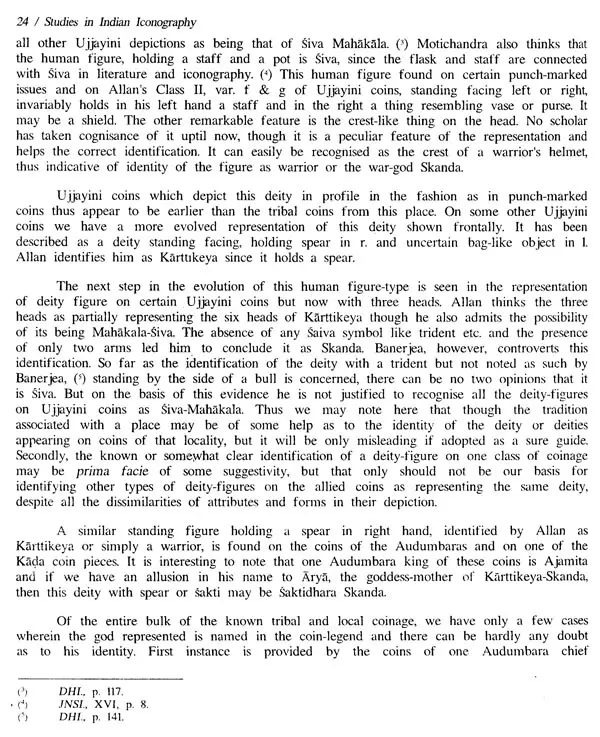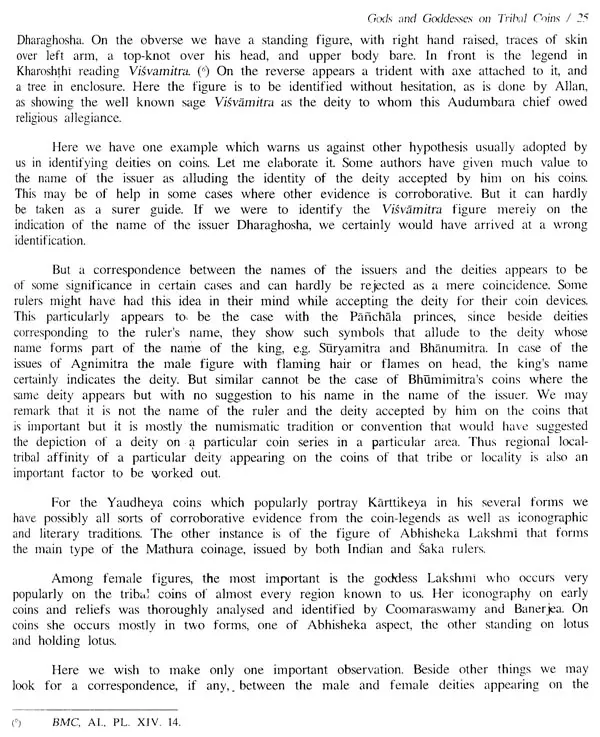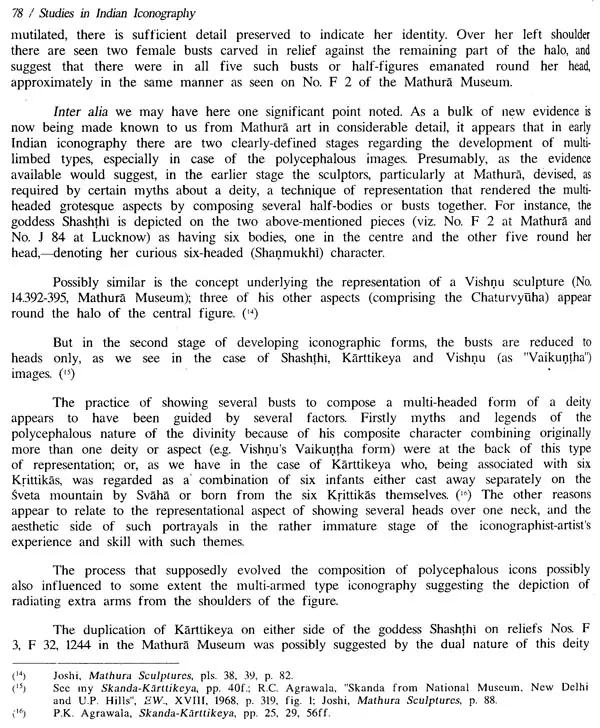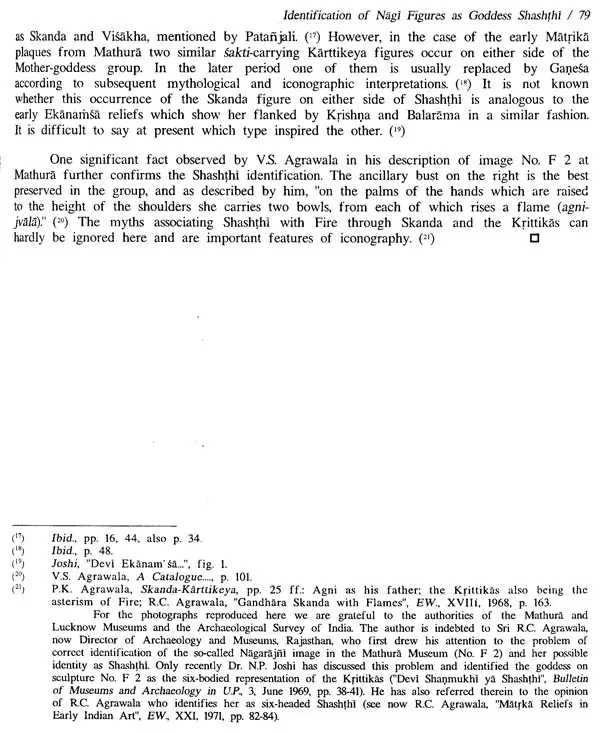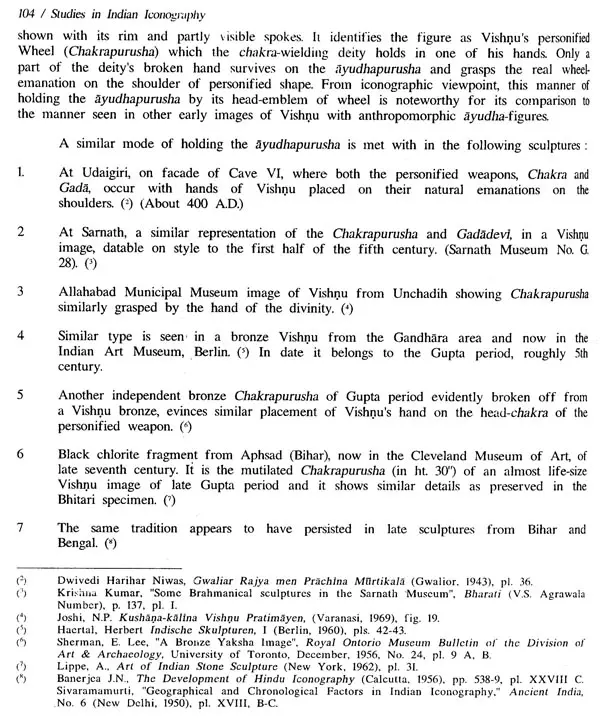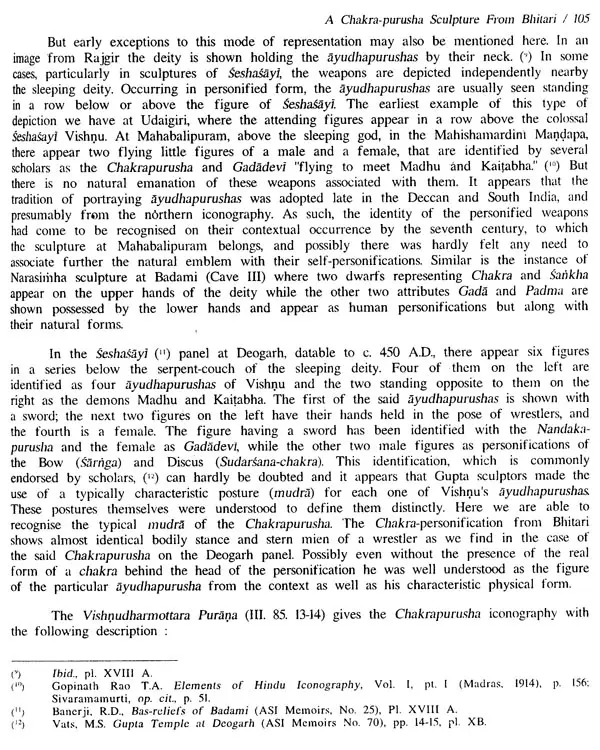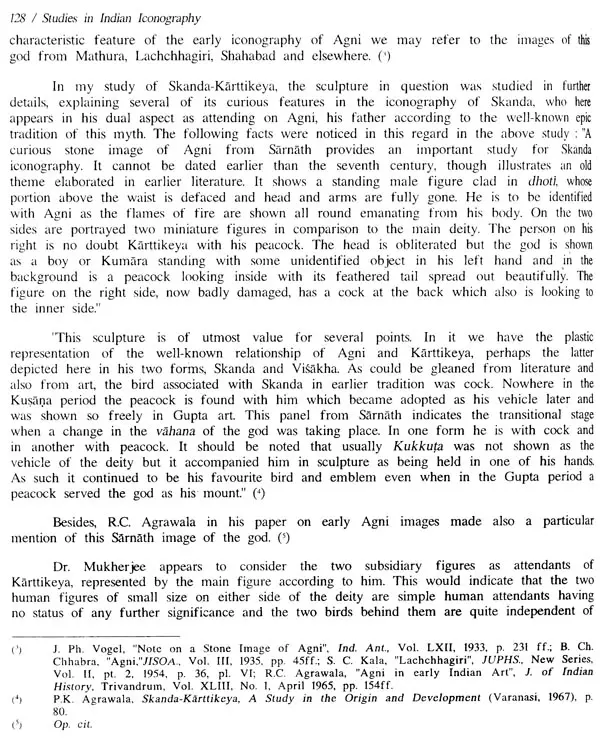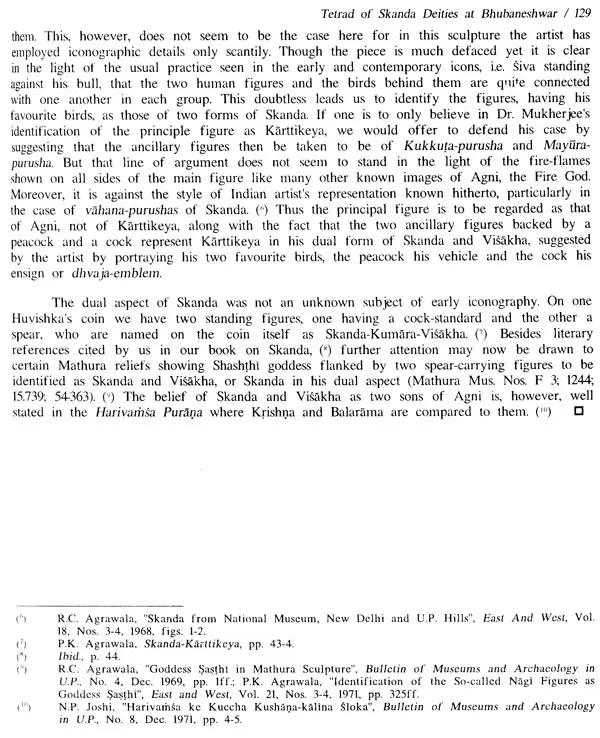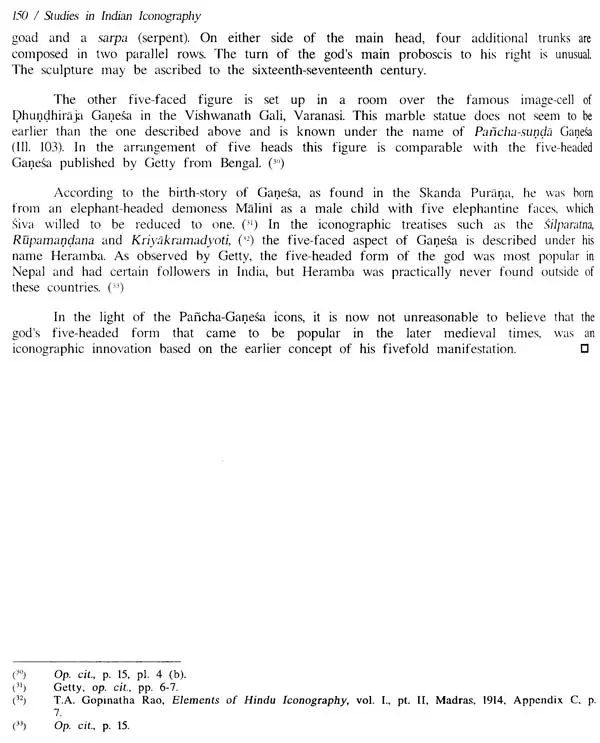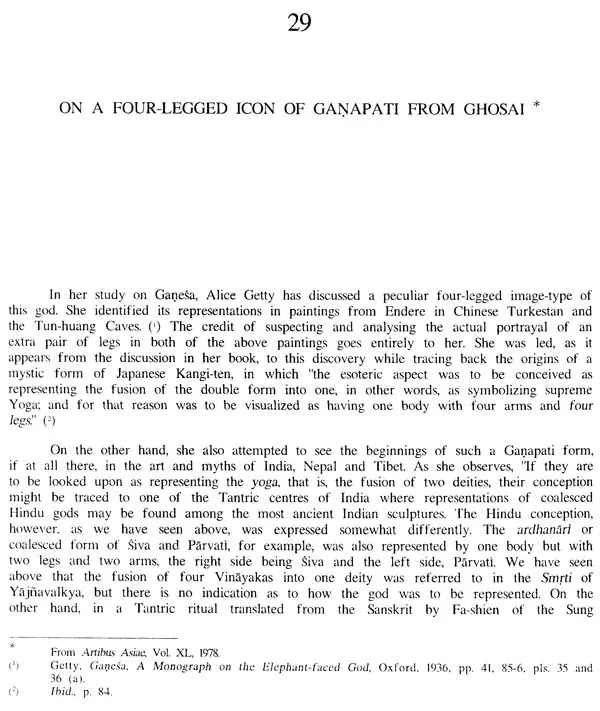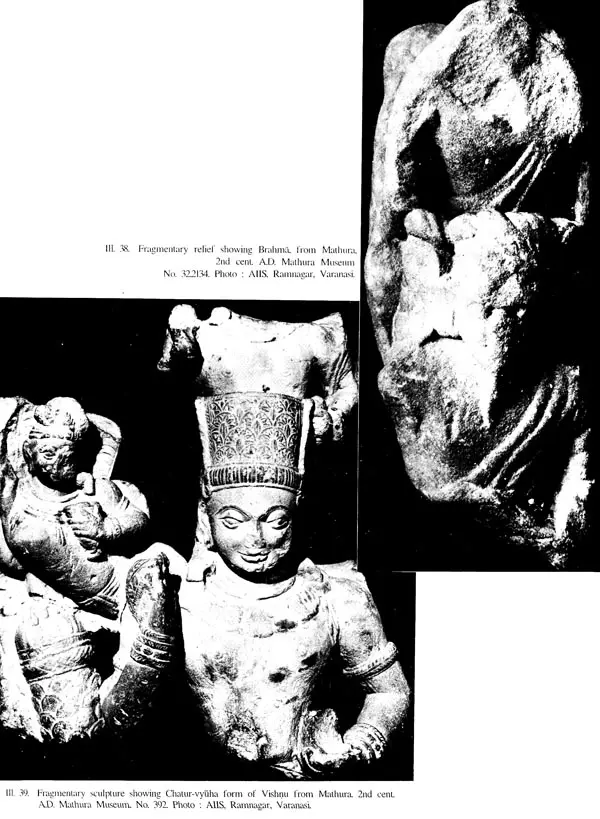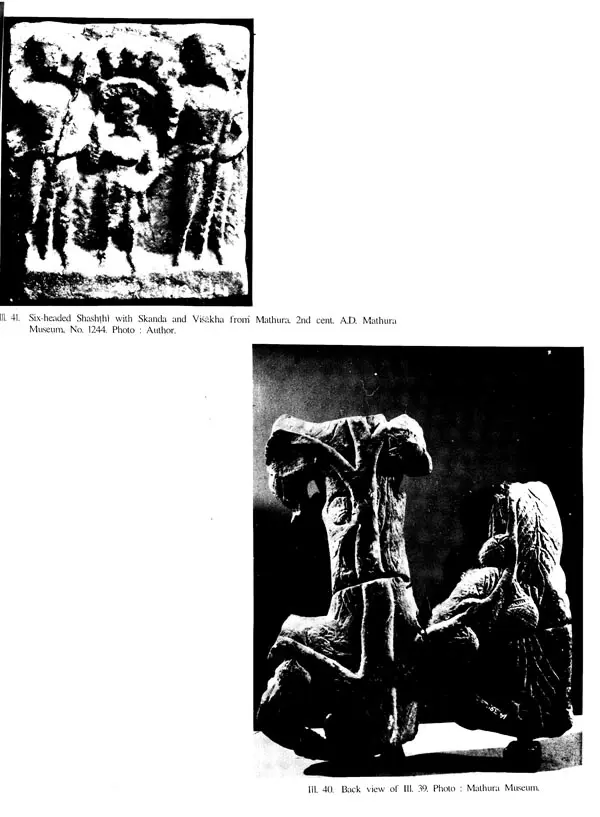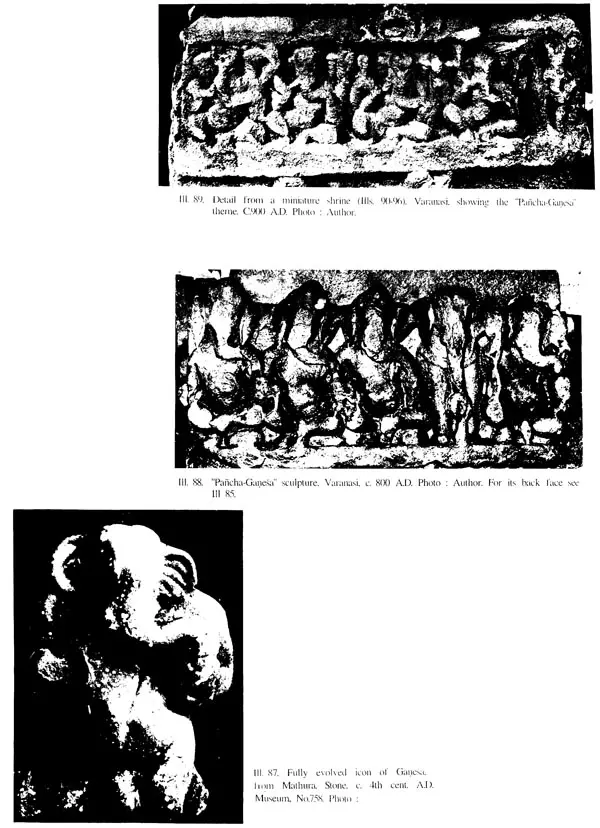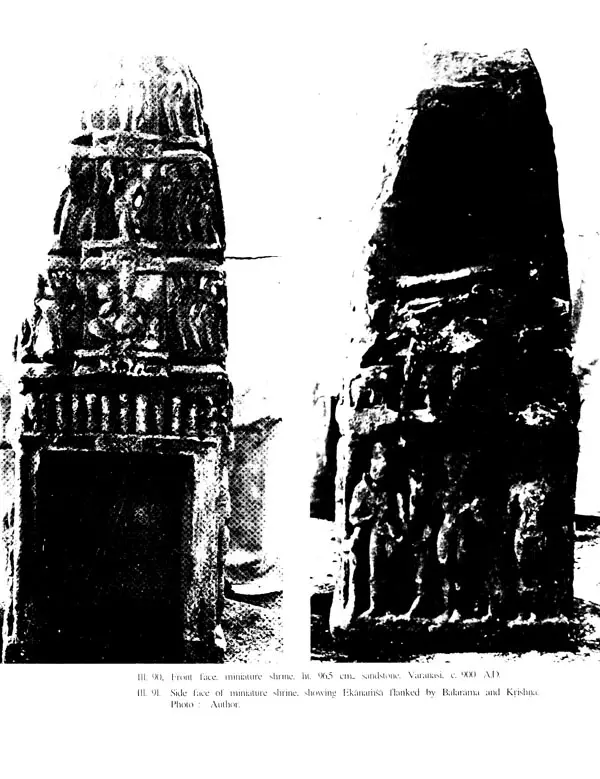
Studies in Indian Iconography
Book Specification
| Item Code: | UAE275 |
| Author: | P.K. Agrawala |
| Publisher: | Publication Scheme, Jaipur |
| Language: | English |
| Edition: | 1994 |
| ISBN: | 8185263906 |
| Pages: | 224 (Throughout B/w Illustrations) |
| Cover: | HARDCOVER |
| Other Details | 11.00 X 9.00 inch |
| Weight | 940 gm |
Book Description
The author is a well-known scholar of Indology working as a University Teacher for past twenty-eight years in the Department of Ancient Indian History, Culture and Archaeology of the Banaras Hindu University, Varanasi. His special field of investigation has been ancient Indian Art, Iconography and Religious Thought. He got his Ph.D. Degree in ALHC.
& Arch. of the Banaras Hindu University in 1971 on the subject of Goddesses in Ancient India (pub. Delhi, 1984). On the Alexander von Humboldt Fellowship. of West Germany, he worked for his post-doctoral research on Sexo-Tantric Symbols in Early Indian Sculpture, at the Institute of Oriental Art, University of Bonn, 1983-85.
Since 1959 he has published many research papers in various distinguished journals and volumes, both National and International, besides editing twenty-six books, monographs, etc. of other -reputed authors. His contributions to the field of Indian studies are indeed vast and varied, including such of his renowned works as Puma Kalasa or The Vase of Plenty(1985), Skanda-Karttikeya(967), Gupta Temple Architecture(1968;1981), Srivatsa, The Babe of Goddess Sri(1974), Early Indian Bronzes (1977), Aesthetic Principles of Indian Art(1980), On the Sadanga Canons of Painting(1981), Imperial. Gupta Epigraphs(1983), The Unknown Kamasutras(1983), Mithuna, The Male-Female Symbol in Indian Art and Thought(1983), Goddesses in Ancient India(1984), Ancient Indian Mother- goddess, Votive Discs(1993), etc.
In the main, the following papers are concerned with diverse themes and obscure aspects of early Indian Iconography. The area covered in them ranges over a vast period of Indian civilization and artistic Endeavour, indeed from prehistoric and protohistoric antiquities to the medieval images. In our humble approach, ancient art and literature are two major sources for knowing the growth and development of ideas and creative expressions of a vast and varied people like India This fact is indeed all the more evident in case of Iconography, which is the direct vehicle of human concepts, both in finer ideologies and ritual practices as well as concrete material achievements and art-creative forms, A sculpture or an imaged religious fun presents, in its own visual manner, a glimpse of all that was achieved by contemporary man in various ways and on different levels of thought The same is revealed to us through verbal statements and symbols by contemporary man himself in his literature. Both the two belong to the same common idiom of their age. The one makes us understand as well as explain the other. Thus, ancient art forms can be best interpreted in the light of contemporary or near contemporary literary ideas and traditions. A Yaksha, a Kumbhanda, or any divine image, or a beatific symbol, can hardly be studied or assessed justifiably in utter isolation of its contemporary or traditional iconographic or religious form and purport There will be found, it is hoped, by the critical reader several genuine attempts on our part at analysing and identifying such religious themes and motifs in Indian sculpture and texts in view of the evidences derived from both the sources as supplementing and integrating with each other in a candid way.
For the photographs reproduced here, we are to acknowledge our indebtedness to the authorities of the Archaeological Survey of India, State Museums of Lucknow and Mathura, Indian Museum, Calcutta, National Museum, New Delhi, Bharat Kala Bhavan, BHU., American Institute of Indian Studies, Ramnagar, Varanasi, and several other public bodies and private collections. Many of the illustrations are based on negatives made by the author. Due courtesy is, however, mentioned in every such case where the photo-prints were supplied by the above institutions.
I am glad to note here that the idea of compiling this collection of my earlier papers was first suggested to me by my wife, Shrimati Kiran Agrawal and hence I take this formal opportunity of gifting it to her in its present form, Dr. Pramod Kumar Trivedi of the Archaeological Survey of India, Jaipur has been a constant source of help I in the onerous task of seeing the work through its various stages of completion. I thank him for the same and extend my best wishes and blessings. Lastly, I must not fail to thank Shri Siya Sharan, Director of the Publication Scheme, Jaipur, for his keen interest and Slid. Vinod Sharma, Proprietor of Sudarshana Computers, for his efforts in issuing the book in its present form.
Book's Contents and Sample Pages
